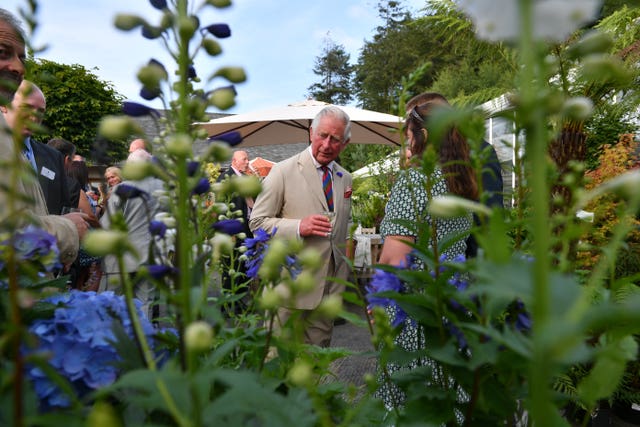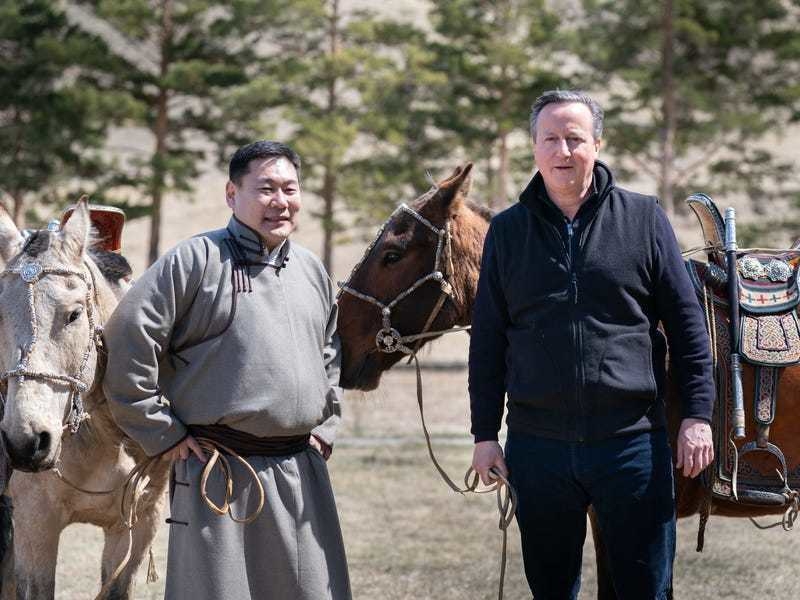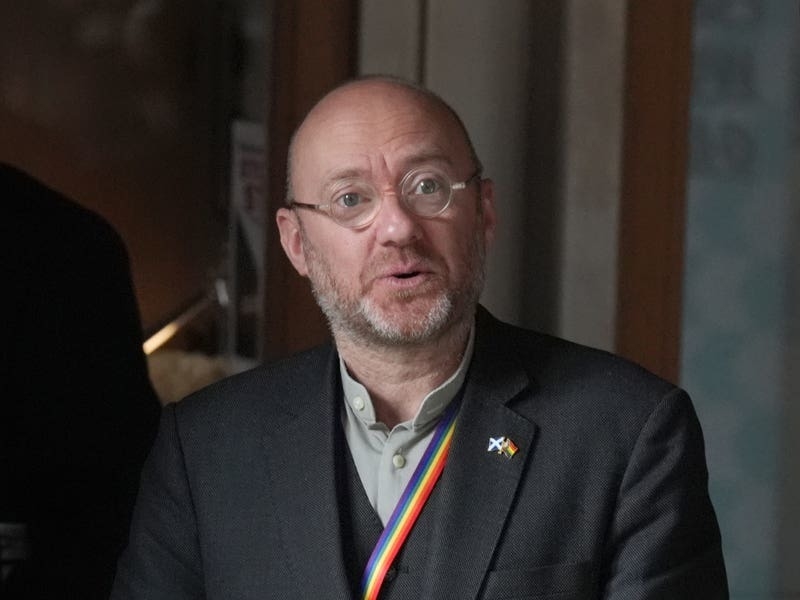One hundred wildflower meadows are to be created or enhanced at historic sites across England including Stonehenge and Westminster’s Jewel Tower in celebration of the King’s coronation.
English Heritage said the project would leave a natural legacy by working to restore the country’s lost flower-rich glasslands, in tribute to Charles’s love of the natural world.
Some 97% of the UK’s meadows have disappeared since the 1930s, with many remaining fragments left unprotected.

English Heritage’s chosen locations include 43 castles and forts, 22 abbeys and priories and 10 historic houses.
Whitby Abbey in Yorkshire, Queen Victoria’s former home Osborne on the Isle of Wight and Tintagel Castle in Cornwall are among them.

The banks of the monument are already a county wildlife site, with flowers such as orchids found in the outer grassland near the stones.
The Jewel Tower near the Palace of Westminster in London was built around 1365 to house Edward III’s treasures and is one of only two buildings from the medieval palace to survive the fire of 1834.

At the gothic ruins of Whitby Abbey, the inspiration for Bram Stoker’s Dracula, a new meadow will be established over a number of years through careful management as part of a long-term project.
Tintagel and Osborne’s existing meadows will be enhanced and diversified.

Kate Mavor, English Heritage’s chief executive, said: “The King’s coronation is a significant moment in history and we wanted to mark it in a meaningful way, in a way that combines two of His Majesty’s passions – nature and heritage.
“We’re creating more natural spaces at the heart of our historic properties, ensuring that wildflowers and wildlife can flourish there once again, and helping our visitors to step back into history and experience something with which the sites’ historic occupants would have been familiar.”

Working with wildlife groups and volunteers, English Heritage will source seeds from existing meadows in the area to ensure the reintroduction of viable, local species of wildflower to each site.
Plantlife, a charity dedicated to saving wild plants and fungi, is partnering with English Heritage on the initiative, offering resources and skills.
Ian Dunn, Plantlife’s chief executive said the project offered “a lifeline to a hundred key grassland sites and their associated wildlife, and focuses on a chapter of English natural history lost and all but forgotten”.






